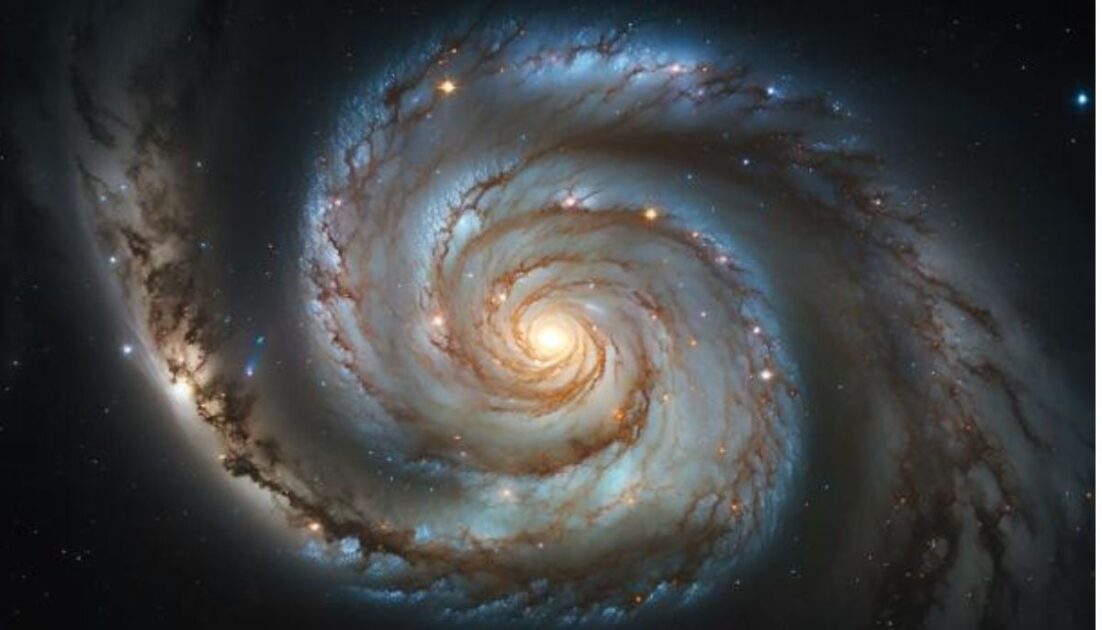A research team in Japan has created a groundbreaking Milky Way simulation that follows more than 100 billion stars with a level of detail that was once thought impossible.
By training AI on how supernova explosions evolve and combining that knowledge with large-scale physics models, they produced a galaxy-scale simulation over 100 times faster than previous attempts.
Researchers led in Japan, working with collaborators from The University of Tokyo and Universitat de Barcelona in Spain, have created the first Milky Way simulation capable of tracking more than 100 billion individual stars over a span of 10 thousand years. They achieved this by combining artificial intelligence (AI) with advanced numerical methods. The result includes 100 times more individual stars than previous top-tier models and was completed more than 100 times faster.
The work, presented at the international supercomputing conference SC ’25, represents a major advance for astrophysics, high-performance computing, and AI-driven modeling. This technique also has potential applications beyond space science, including simulations used to study climate patterns and weather behavior.
Astrophysicists have long aimed to build a Milky Way model detailed enough to follow each star on its own path. Such a tool would help test theories about how galaxies form, how they change shape over time, and how stars evolve, all while comparing the results to real astronomical data.
Creating a model like this is extremely challenging because it has to account for gravity, fluid motion, the effects of supernova explosions, and the processes that generate new elements. Each of these unfolds on very different time and size scales, which makes the calculations complex.







